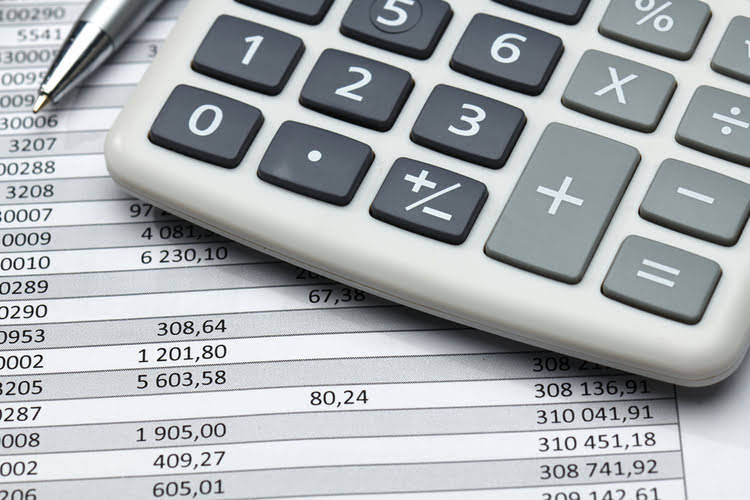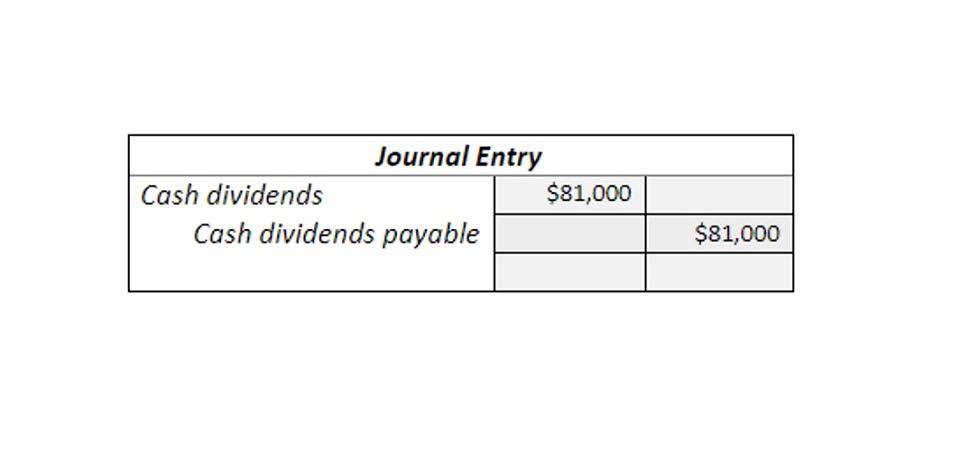
Examples of fixed assets include buildings, machinery, office equipment, furniture, vehicles, etc. The accumulated depreciation account appears on the balance sheet and reduces the gross amount of fixed assets. Contra accounts are used to reduce the original account directly, keeping financial accounting records clean.
Cash Flow Statement
- Contra asset accounts also help companies keep their general ledgers organized.
- Nor would it count as a liability as it does not reflect a future obligation.
- Examples of contra liabilities are Discounts on Bonds and Notes Payable and Short-Term Portion of Long-Term Debt.
- By reporting contra asset accounts on the balance sheet, users of financial statements can learn more about the assets of a company.
- Note that the asset account balance represents the purchase price of the asset in question, also known as its historical cost.
- Contra Liability Account – A contra liability account is a liability that carries a debit balance and decreases other liabilities on the balance sheet.
- However, these vehicles have experienced significant wear and tear in the intervening years.
The allowance for doubtful accounts appears on the balance sheet and reduces the amount of receivables. Contra accounts are used to reduce the value of the original account directly contra account to keep financial accounting records clean. For example, accumulated depreciation is a contra asset that reduces the value of a company’s fixed assets, resulting in net assets.
What are Contra Accounts?
The equity section of the balance sheet is where the shareholder’s claims to assets are reported. The main contra equity account is treasury stock, which is the balance of all stock repurchased by the company. When a company repurchases shares, it increases the fractional ownership of all remaining shareholders. Allowance for doubtful accounts is netted from the accounts receivable balance. The company predicts which accounts receivable won’t be paid by customers and writes those off. When the account receivable is written off, it is added to bad debt expense on the income statement and placed in the contra account.
What Is a Contra Asset?

Expense accounts are technically contra equity accounts because they are linked to another equity account, revenue, and maintain an opposite balance. The expense account uses its debit balance to reduce the revenue account’s credit balance. Contra equity is a general ledger account with a debit balance that reduces the normal credit balance of a standard equity account to present the net value of equity in a company’s financial statements. Examples of equity contra accounts are Owner Draws and Repurchased Treasury Stock Shares. The most common contra account is the accumulated depreciation account, which offsets the fixed asset account. Taken together, the asset account and contra asset account reveal the net amount of fixed assets still remaining.

The most common contra type, contra assets, records the loss in value of any asset accounts listed in your general ledger. And by comparing these contras against their corresponding parent accounts, you can better understand the actual value of the assets retained by your business. Because contra asset accounts are used so frequently, it’s worth spending a little bit more time on them here, including common subtypes. Accumulated depreciation is a contra asset account used to record the amount of depreciation to date on a fixed asset.
What is a Contra Asset Account?

She has worked in multiple cities covering breaking news, politics, education, and more. For example, a company made sales of $60,000 but goods worth of $2,000 were returned due to damage.
The Contra Revenue Account
Often when a company extends goods on credit, management expects some of those customers not to pay and so anticipates writing off bad debt. If you offer credit terms to your customers, you probably know that not all of them will pay. Creating this contra asset account builds in a safeguard against overstating your accounts receivable balance. Writing off your obsolete inventory in this manner allows you to expense the cost of the obsolete inventory while also decreasing your current inventory balance using the contra asset account. The revenue contra accounts Sales Returns, Discounts and Allowances are subtracted from the main Sales Revenue account to present the net balance on a company’s income statement. Allowance for doubtful accounts (ADA) is a contra asset account used to create an allowance for customers who are not expected to pay the money owed for purchased goods or services.
Get accurate contra account records with Invoiced
A customer returned $100 worth of items, claiming them to be defective. The accumulated depreciation will ultimately reduce the value of fixed assets when the two accounts are netted with each other. An important function of contra accounts is to preserve the historical value in the main account while presenting a reduction in the net value. By recording the offset in a separate contra account, accountants can see how much of the value in the main account has been offset.
- If you’re using accounting software, you’ll be able to create contra accounts when setting up your chart of accounts.
- Although contra-asset accounts have credit balances, they do not appear in liabilities or equity.
- Allowance for doubtful accounts is contra asset accounts that offset the accounts receivable.
- The following are examples of commonly-used contra asset accounts you could create to better understand your business financials.
What is Accounts Receivable Collection Period? (Definition, Formula, and Example)
- A contra account is a ledger account related to another specificledger account.
- Each account in a general ledger will be designated debit or credit accounts depending on whether they’re categorized as assets, liabilities, revenues or expenses.
- But in the real world, converting all of that potential into hard cash is highly unlikely, if not impossible.
- Home Depot reports that returns are estimated at the time of the sale based on historic returns numbers.
- To drum up interest in the bond, the company will sell it at a discount.
In finance, a contra liability account is one that is debited for the explicit purpose of offsetting a credit to another liability account. In other words, the contra liability account is used to adjust the book value of an asset or liability. For the purpose of presentation on primary financial statements, we are often concerned only with the net figure of two similar classes/balances which we determine by subtracting one account from the another. For example, it is not very useful to show the PPE cost account and the related accumulated depreciation account separately on the balance sheet.
To drum up interest in the bond, the company will sell it at a discount. For example, a bond with a principal amount of $1,000 may be sold for only $950. The bond is listed on the balance sheet at the full amount of $1,000, but the cash received is just $950, so a contra liability for the discount is listed to make the entry balance. The contra asset account, accumulated depreciation, is always a credit balance.
